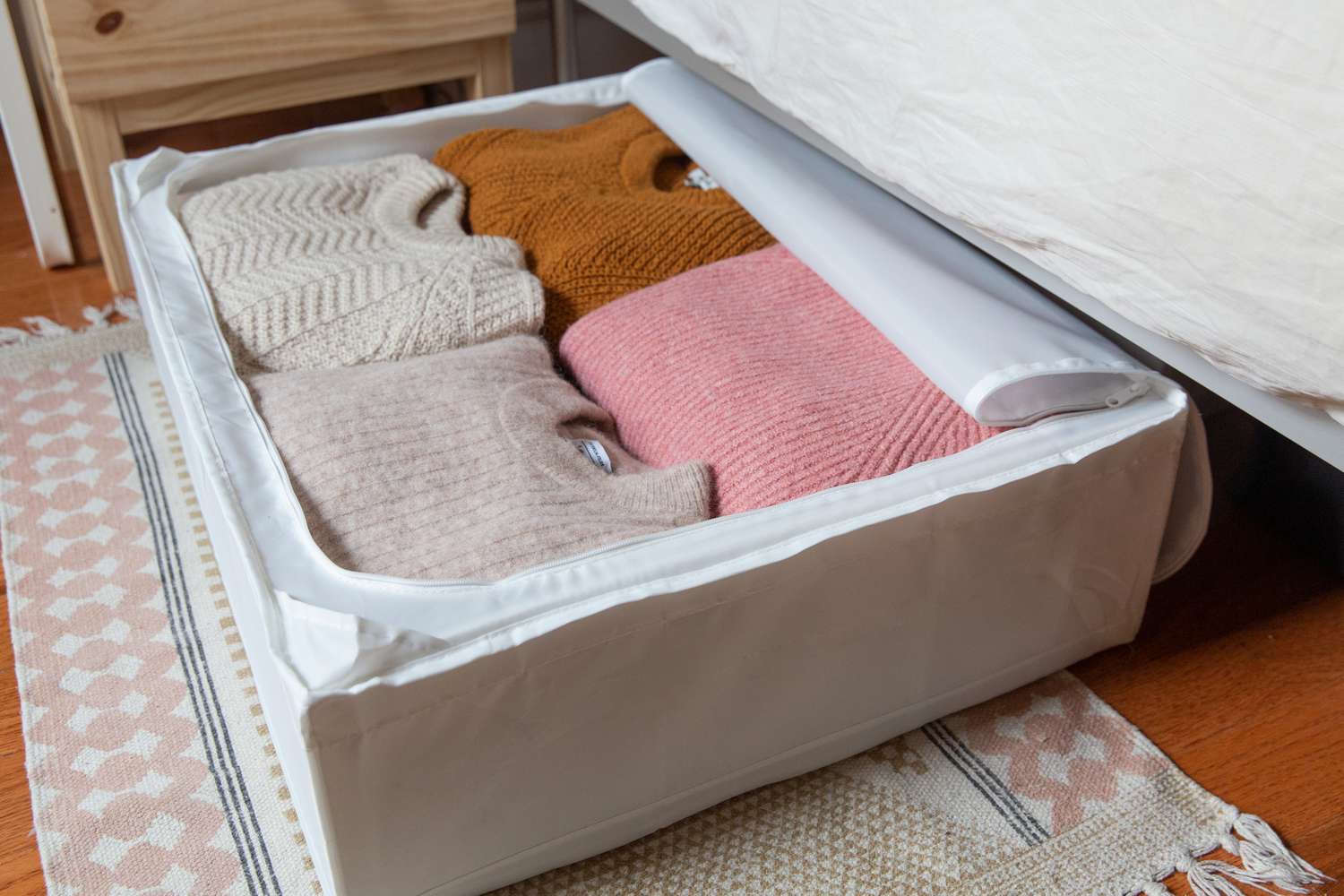

Articles
How To Store Sweaters
Modified: March 19, 2024
Learn how to properly store your sweaters and keep them looking fresh with our helpful articles.
(Many of the links in this article redirect to a specific reviewed product. Your purchase of these products through affiliate links helps to generate commission for Storables.com, at no extra cost. Learn more)
Introduction
When the colder months roll in, it’s time to dig out your favorite sweaters and cozy up. But what do you do with those sweaters during the warmer seasons when they’re not in use? Proper storage is key to maintaining the quality and longevity of your sweaters.
Choosing the right storage method for your sweaters is essential to prevent stretching, wrinkling, or damage from pests or moisture. In this article, we’ll explore various methods of storing sweaters, including folding, hanging, and using storage containers.
By following these tips, you’ll be able to keep your sweaters in top condition, ready to be worn again when the colder weather returns.
Key Takeaways:
- Properly preparing and choosing the right storage method for your sweaters is essential to maintain their quality and longevity. Consider factors like space, climate, and material to ensure your sweaters remain in great condition.
- Whether you opt for folding, hanging, using plastic bins, or vacuum-sealed bags, there are various storage methods to suit your needs. Keep your sweaters fresh by cleaning, organizing, and periodically inspecting them to ensure they’re ready to keep you cozy and stylish.
Read more: How To Store Bulky Sweaters
Choosing the Right Storage Method
When it comes to storing sweaters, it’s important to choose the right method that suits your needs and space constraints. There are several factors to consider when deciding on the best storage method for your sweaters.
First, think about the available storage space in your home. Do you have ample closet space or a spare drawer that can be dedicated to sweater storage? Knowing your space limitations will help you determine which storage method is most suitable.
Next, consider the climate and humidity levels in your area. Sweaters are prone to damage from moisture, so if you live in a humid environment, you may want to opt for a storage method that provides protection against dampness.
Another important factor to consider is the frequency of use. If you regularly rotate your sweaters and wear them throughout the year, you’ll want a storage solution that allows for easy access. On the other hand, if you only wear your sweaters during the colder months, you can choose a storage method that provides longer-term protection.
Lastly, take into account the material and style of your sweaters. Delicate materials, such as cashmere or wool, require more careful storage to prevent damage. Bulky or chunky sweaters may require a different storage method compared to thin, lightweight sweaters.
By considering these factors, you’ll be able to choose the right storage method that best suits your needs and ensures the longevity of your sweaters.
Preparing Your Sweaters
Before you store your sweaters, it’s important to take a few steps to prepare them for storage. Properly preparing your sweaters will help minimize the risk of damage and keep them in the best condition possible.
Start by giving your sweaters a good clean. Follow the care instructions on the garment label and wash or dry clean them accordingly. This will remove any dirt, oils, or stains that may attract pests or cause discoloration over time.
Once your sweaters are clean, make sure they are completely dry before storing them. Moisture can lead to mold or mildew, which can ruin your sweaters. Lay them flat on a clean towel or drying rack to air dry, avoiding direct sunlight which can fade colors.
Next, inspect your sweaters for any signs of damage or wear. Check for loose threads, holes, or snags and repair them before storing. This will prevent further damage while in storage and keep your sweaters looking their best.
It’s also a good idea to remove any accessories or embellishments that may be attached to your sweaters. Buttons, brooches, or detachable accessories can cause damage or snag on other garments during storage. Store these separately, if possible, to avoid any potential issues.
Finally, it’s recommended to give your sweaters a gentle brush or shake to remove any loose fibers or lint. This will help keep your storage space clean and prevent any unwanted debris from transferring onto your sweaters.
By taking the time to properly prepare your sweaters before storing them, you’ll ensure that they remain in great condition and are ready to be worn again when the time comes.
Folding vs. Hanging: Pros and Cons
When it comes to storing sweaters, one of the key decisions you’ll need to make is whether to fold them or hang them. Both methods have their pros and cons, and the best choice ultimately depends on your personal preferences and available storage space.
Let’s explore the advantages and disadvantages of each method:
Folding:
- Pros:
- Folding sweaters helps to maintain their shape and prevent stretching. This is particularly important for delicate knits or loosely woven fabrics.
- Folded sweaters can be stacked neatly, maximizing storage space in closets, drawers, or shelves.
- Folding is a great option for sweaters that are not prone to creasing, such as chunky knits or thicker materials.
- Cons:
- Folded sweaters are more likely to develop wrinkles, especially if they are not stored in a flat position. This may require additional ironing or steaming before wearing.
- If you have limited drawer space, folding all your sweaters may not be practical or efficient.
- Folding can make it harder to see and access specific sweaters without disturbing the entire stack.
Read more: How To Store A Cashmere Sweater
Hanging:
- Pros:
- Hanging sweaters helps to prevent wrinkles and maintain a smooth appearance.
- Hanging allows for easy visibility and access to specific sweaters, making it convenient for those who frequently rotate their wardrobe.
- Sweaters with delicate fabrics or intricate designs are less likely to get stretched or misshapen when hung rather than folded.
- Cons:
- Hanging sweaters for extended periods can lead to hanger marks on the shoulders. To prevent this, use padded or wide hangers specifically designed for sweaters.
- Hanging sweaters takes up more vertical space, which may be a limitation in small closets or if you have a large sweater collection.
- Some sweaters, especially heavier ones, may stretch out or lose their shape when hung for extended periods of time.
Ultimately, the choice between folding and hanging your sweaters boils down to personal preference, the types of sweaters you own, and the available storage space. It’s perfectly acceptable to use a combination of both methods to make the most of your storage options.
Storing Sweaters in Drawers
If you have available drawer space, storing sweaters in drawers can be a convenient and efficient way to keep them organized and protected. Here are some tips for storing sweaters in drawers:
1. Clean and Fold:
Before storing your sweaters, make sure they are clean and completely dry. Fold them neatly to prevent wrinkles and stretching. Consider using acid-free tissue paper or cotton sheets between each sweater to prevent color transfer and maintain their condition.
2. Use Divider Inserts:
Invest in drawer divider inserts or use adjustable drawer organizers to create compartments within your drawers. This will keep your sweaters separate and prevent them from getting tangled or mixed up. You can also label or categorize the compartments for easy identification.
Read more: How To Store Winter Sweaters
3. Avoid Overpacking:
Avoid overpacking your drawers with too many sweaters. This can lead to wrinkling and make it difficult to find specific sweaters without disrupting the entire drawer. Leave some space to allow for air circulation and flexibility when retrieving the sweaters.
4. Rotate Sweaters:
To ensure that all your sweaters get equal wear, consider rotating them within the drawer. Move the sweaters from the bottom to the top or from the back to the front periodically. This will prevent certain sweaters from being forgotten or neglected.
5. Consider Drawer Liners:
If you want to add an extra layer of protection, consider using drawer liners made of cedar or lavender. These natural materials can help repel pests and keep your sweaters smelling fresh.
6. Check the Environment:
Make sure the drawer environment is suitable for sweater storage. Avoid placing the drawer near sources of heat or humidity, as these can damage your sweaters. If necessary, use moisture-absorbing silica gel packets to control humidity levels.
By following these tips, you can keep your sweaters neatly stored and easily accessible in drawers. This method is particularly beneficial for those with limited closet space or who prefer a more organized approach to sweater storage.
Read more: How To Store Cardigan Sweaters
Storing Sweaters in Plastic Bins
Plastic bins are a popular and practical option for storing sweaters, particularly if you have limited closet or drawer space. Here are some helpful tips for storing sweaters in plastic bins:
1. Clean and Fold:
Before storing your sweaters, make sure they are clean and completely dry. Folding them neatly will help prevent wrinkles and maintain their shape. Consider using acid-free tissue paper or cotton sheets between each sweater to provide an additional layer of protection.
2. Choose the Right Size Bins:
Select plastic bins that are spacious enough to comfortably accommodate your folded sweaters without excessive compression. Avoid bins that are too small, as squishing the sweaters can cause unwanted creases and damage to the fibers.
3. Label the Bins:
To easily locate specific sweaters, label the bins with their contents or categories. This will save you time when you’re searching for a particular sweater and prevent the need to open multiple bins to find what you’re looking for.
Read more: How To Store Sweaters In Closet
4. Keep Pests Away:
Use bins with tightly sealed lids to protect your sweaters from pests such as moths. Additionally, consider placing lavender sachets or cedar blocks in the bins. The natural scents of lavender and cedar act as deterrents to insects.
5. Store in a Cool, Dry Location:
Find a storage location that is cool, dry, and away from direct sunlight. Sweaters are susceptible to moisture damage, so it’s essential to ensure the storage area is not prone to high humidity or drastic temperature fluctuations.
6. Stack Carefully:
When stacking the bins, be mindful of the weight. Avoid placing heavy items on top of the sweater bins, as this can lead to unnecessary pressure and potential damage to the sweaters inside. Place heavier bins at the bottom to maintain stability.
7. Rotate the Bins:
To prevent any one bin from being neglected, rotate through the bins periodically. This will give each sweater equal opportunities for wear and prevent them from becoming forgotten or unused.
Storing sweaters in plastic bins offers a practical and space-saving solution while keeping your sweaters protected. By following these tips, you can ensure that your sweaters remain in great condition and are easily accessible when you need them.
Read more: How To Store Sweaters In A Drawer
Using Vacuum-Sealed Bags
Vacuum-sealed bags are a popular choice for storing sweaters as they can compress the sweaters, reducing their size and maximizing storage space. Here are some tips for using vacuum-sealed bags to store your sweaters:
1. Clean and Fold:
Before placing your sweaters in vacuum-sealed bags, make sure they are clean and completely dry. Folding them neatly will help maximize the space inside the bags and ensure that the sweaters maintain their shape.
2. Sort into Smaller Batches:
To prevent overcrowding and excessive compression, sort your sweaters into smaller batches based on their thickness, material, or color. This will make it easier to manage the bags and prevent unnecessary pressure on the sweaters.
3. Pack Carefully:
Place the folded sweaters into the vacuum-sealed bags, being careful not to overstuff them. Leave some room at the top to allow for the removal of excess air during the vacuum-sealing process.
Read more: How To Store Cashmere Sweaters
4. Use a Vacuum Cleaner:
Connect the nozzle of a vacuum cleaner to the valve of the vacuum-sealed bag. Turn on the vacuum cleaner to remove the air from the bag. As the air is removed, you will notice the bag and sweaters compressing. Continue until the bag is as flat as possible.
5. Seal the Bag:
Once the air is removed, quickly close the valve to prevent air from re-entering the bag. Most vacuum-sealed bags have a ziplock or slider mechanism to securely seal the bag. Double-check that the seal is tight to maintain the vacuum effect.
6. Storage and Care:
Store the vacuum-sealed bags in a cool, dry, and dark area. Make sure the bags are protected from moisture, direct sunlight, and extreme temperature changes. Avoid placing heavy objects on top of the bags that could cause damage to the compressed sweaters inside.
7. Opening the Bags:
When it’s time to retrieve a sweater, carefully open the seal of the vacuum-sealed bag, allowing air to slowly enter. The sudden rush of air can cause the sweaters to expand quickly, potentially leading to wrinkles or stretching. Remove the sweaters gently and allow them to regain their shape naturally.
Using vacuum-sealed bags can be an efficient way to save space when storing sweaters. Just remember to use caution when compressing and opening the bags to preserve the quality and shape of your sweaters.
Read more: How To Store Knit Sweaters
Hanging Sweaters in a Closet
If you have sufficient closet space, hanging sweaters can be a convenient and accessible way to store them. Here are some tips for hanging sweaters in a closet:
1. Choose the Right Hangers:
Invest in sturdy, non-slip hangers that are specifically designed for sweaters. Avoid using wire hangers, as they can stretch or misshape the shoulders of your sweaters. Look for hangers with a wide or padded design to provide better support.
2. Give Sweaters Room to Breathe:
Make sure to leave enough space between each sweater on the hanger to prevent them from rubbing against each other. This will help minimize friction and reduce the risk of snags or pilling.
3. Hang Delicate Sweaters Inside Out:
If you have delicate sweaters made from fabrics prone to snags or pilling, consider hanging them inside out. This will offer an extra layer of protection to the exterior of the sweater and minimize the chances of damage.
Read more: How To Store Sweaters In Closet
4. Avoid Overloading:
Avoid overcrowding your closet by hanging too many sweaters on each rod. This can lead to unnecessary stretching and make it difficult to find specific sweaters without disturbing the others. Create additional hanging space if needed or consider using cascading hangers to maximize vertical space.
5. Group Sweaters by Season or Type:
Organize your sweaters by season or type to make it easier to locate them when needed. Grouping them together based on thickness, color, or style can also assist in navigating your sweater collection.
6. Protect Sweaters with Covers:
If you have a closet with doors or a garment rack with a cover, consider using garment covers or breathable cloth bags to protect your sweaters from dust and dirt. This added layer of protection can help keep your sweaters clean and ready to wear.
7. Periodically Rotate Sweaters:
To ensure all your sweaters get equal wear and prevent any one sweater from becoming neglected, periodically rotate them within your closet. Move sweaters from the back to the front or switch them between sections for a more balanced rotation.
By following these tips, you can store your sweaters in a closet in an organized and accessible manner while ensuring they remain in good condition for the next time you want to wear them.
Read more: How To Store Wool Sweaters
Tips for Keeping Sweaters Fresh
Keeping your sweaters fresh is essential for maintaining their quality and ensuring they are ready to wear whenever you need them. Here are some helpful tips to help you keep your sweaters fresh:
1. Clean Before Storage:
Before storing your sweaters, make sure they are clean. Dirt, oils, and stains can attract pests and cause discoloration over time. Follow the care instructions on the garment label and wash or dry clean your sweaters accordingly.
2. Store in a Clean Environment:
Ensure the environment in which you store your sweaters is clean and free from odors. Avoid storing them near strong-smelling substances, such as mothballs or scented products, as the scent can transfer to your sweaters.
3. Use Natural Fresheners:
Instead of using chemical-based fresheners, opt for natural options. Place lavender sachets, cedar blocks, or dried orange peels in your storage area to keep your sweaters smelling fresh and help deter pests.
Read more: How To Store Sweaters On A Shelf
4. Air Out Regularly:
Periodically air out your stored sweaters to prevent mustiness. Take them out of storage and hang them in a well-ventilated area for a few hours. This will allow any trapped moisture or odors to dissipate.
5. Avoid Direct Sunlight:
Protect your sweaters from direct sunlight, as prolonged exposure to UV rays can cause fading and damage the fibers. Store them away from windows or use opaque storage containers to shield them from sunlight.
6. Avoid Excessive Handling:
Limit excessive handling of your sweaters, as the natural oils on your hands can transfer to the fabric and cause discoloration. When wearing or re-arranging your sweaters, make sure to wash your hands beforehand to reduce the risk of oils transferring.
7. Regularly Inspect for Pests:
Keep an eye out for any signs of pests, such as moths or carpet beetles, that can damage your sweaters. Regularly inspect your storage area and sweaters for small holes, signs of fabric damage, or insect larvae. If you notice any issues, take immediate action to prevent further damage.
Read more: How To Store Sweaters In Summer
8. Trust Your Senses:
Trust your senses when it comes to checking the freshness of your sweaters. If you notice any unusual smells, signs of mold or mildew, or visible damage, address the issue promptly to prevent it from spreading to other sweaters.
By following these tips, you can ensure that your sweaters remain fresh, clean, and ready to be enjoyed for many seasons to come.
Conclusion
Storing your sweaters properly is essential for preserving their quality, longevity, and freshness. Whether you choose to fold them, hang them, use plastic bins, or vacuum-sealed bags, there are various storage methods to suit your needs and available space. By properly preparing your sweaters, choosing the right storage method, and taking preventative measures, you can keep your sweaters in excellent condition, ready to be worn whenever the colder months roll in.
Remember to clean your sweaters before storing them, ensuring they are completely dry to avoid moisture damage. Take care when folding or hanging, considering the material and style of the sweaters to prevent stretching or misshaping. Organize your sweaters in drawers, plastic bins, or hanging in the closet, keeping them neatly separated and easily accessible. Consider using natural fresheners, periodically airing out your sweaters, and inspecting for pests to keep them fresh and pest-free.
Ultimately, the goal is to protect your sweaters from damage, fading, and odors so that they can be enjoyed for years to come. With proper storage techniques and a little care, you can maintain the quality and freshness of your sweaters, ensuring that they are always ready to keep you cozy and stylish during the colder seasons.
Frequently Asked Questions about How To Store Sweaters
Was this page helpful?
At Storables.com, we guarantee accurate and reliable information. Our content, validated by Expert Board Contributors, is crafted following stringent Editorial Policies. We're committed to providing you with well-researched, expert-backed insights for all your informational needs.
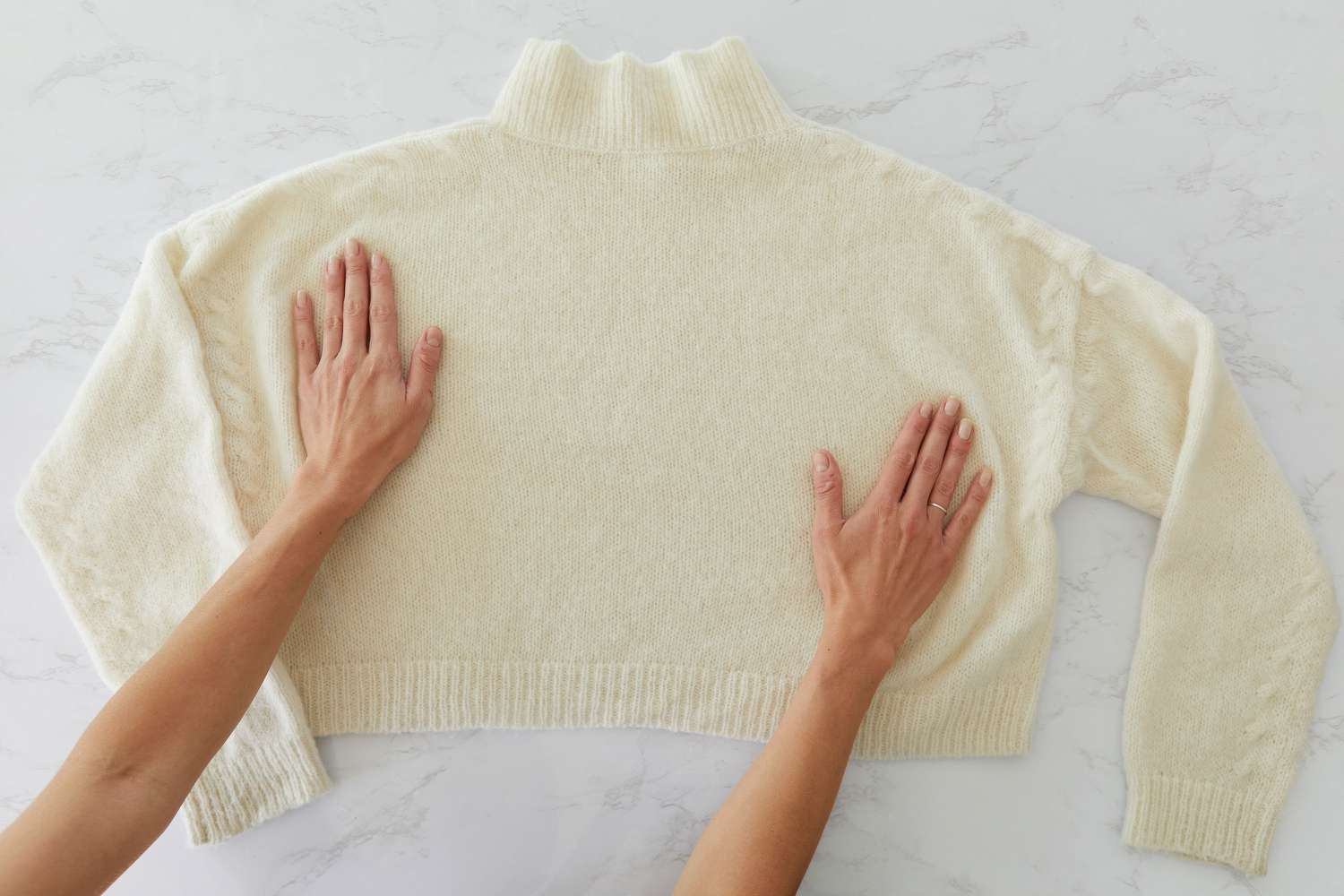
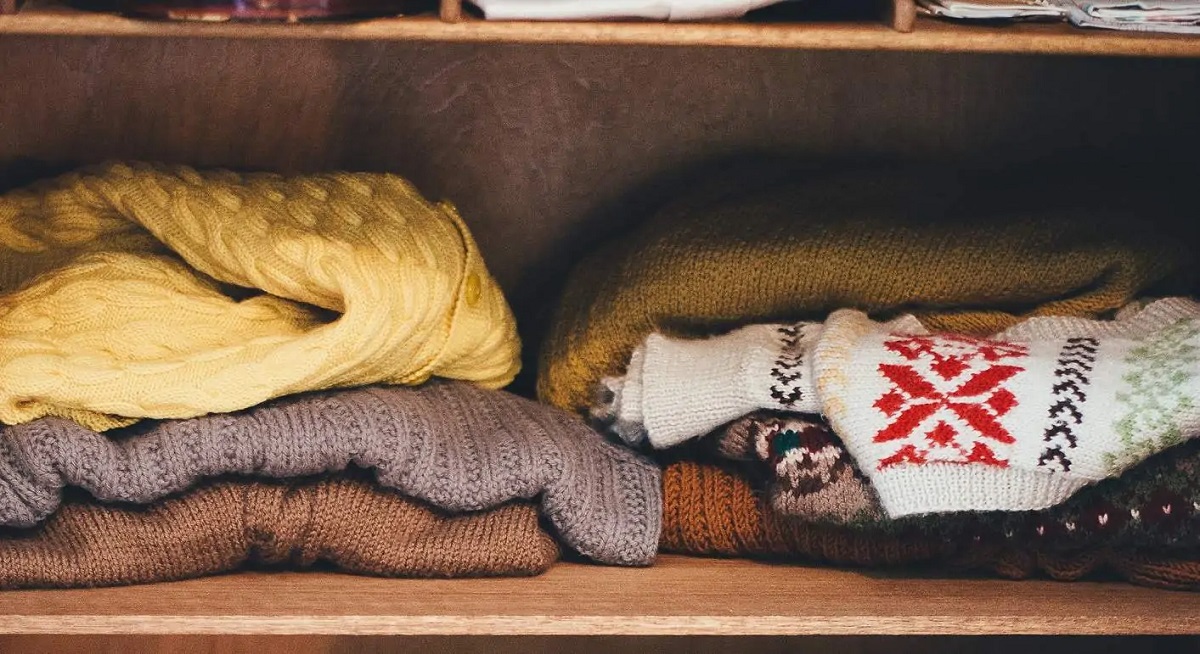
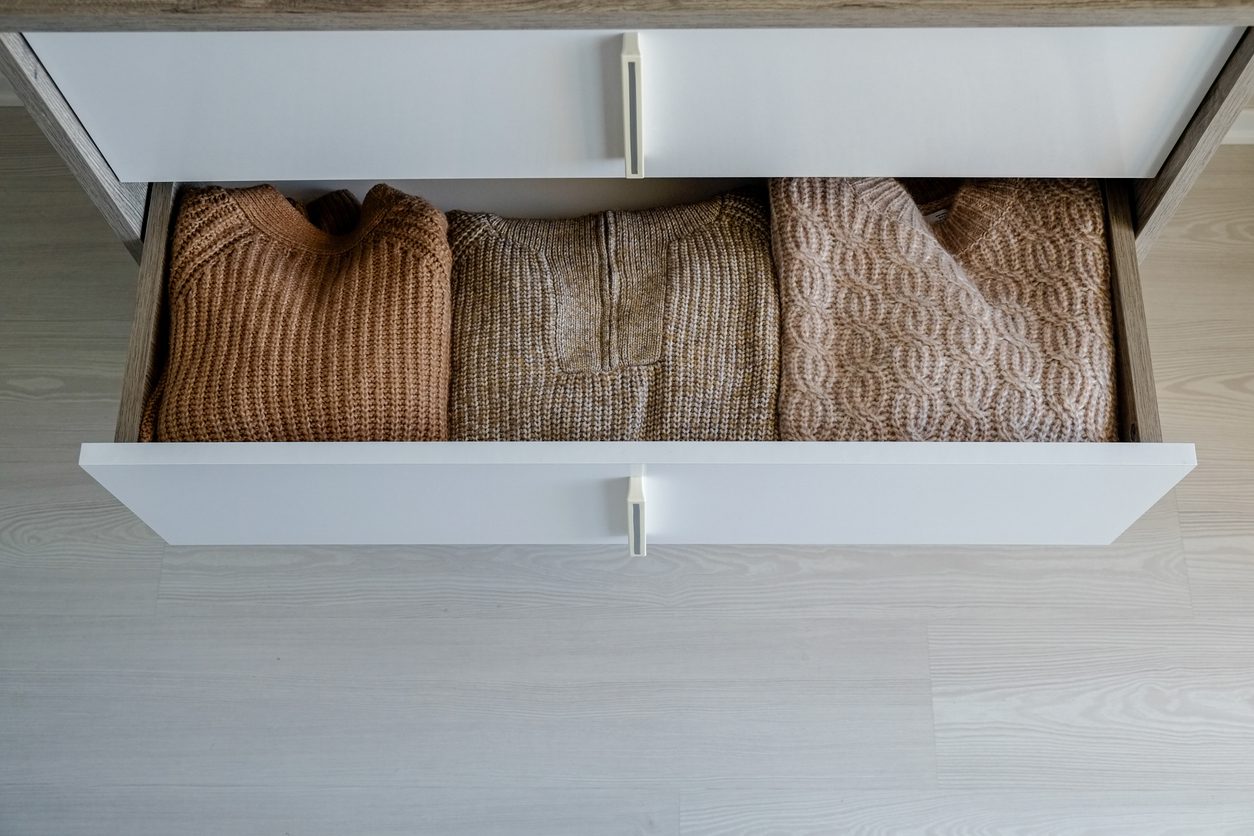
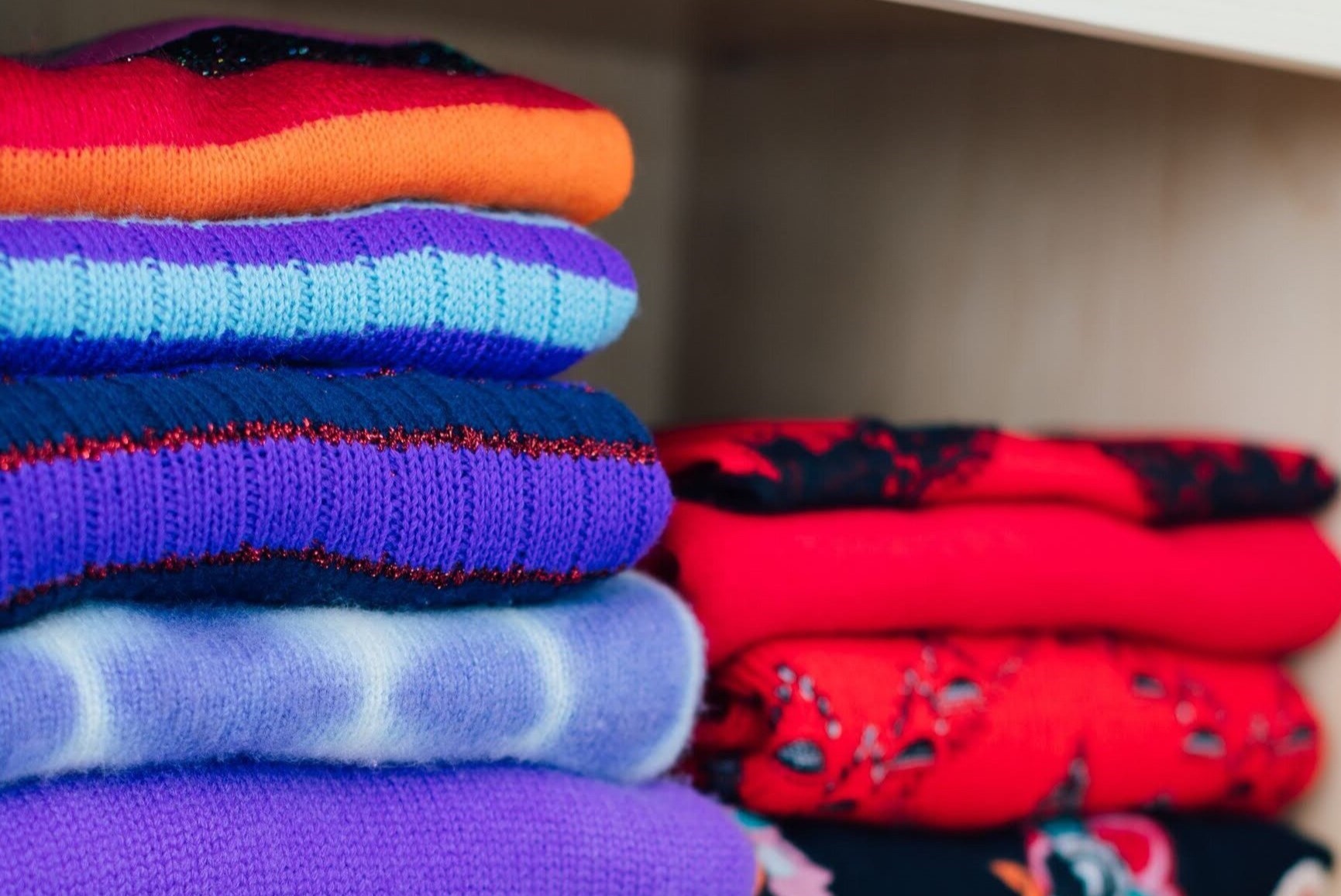

0 thoughts on “How To Store Sweaters”